
What's the difference between a ceramic and induction cooktop?
What type of cooktop do you choose?
| Ceramic | Induction | |
|---|---|---|
| You want your cooktop to heat up quickly | No | Yes |
| You want to use as little energy as possible | No | Yes |
| You like to have flexible cooking zones | No | Yes |
| You want an extra safe cooktop | No | Yes |
Speed
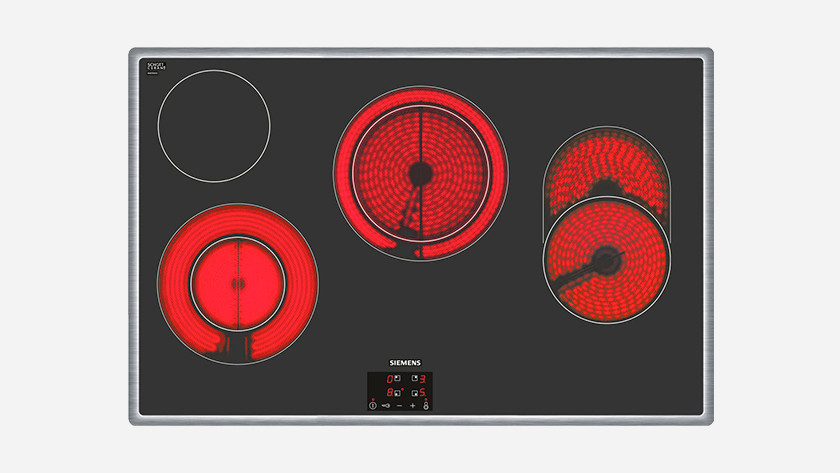
Ceramic
A ceramic cooktop takes some time to warm up. That's because the appliance heats the heating elements first and the pan second. When they're hot, the elements turn red. You have to wait 1 or 2 minutes before you can start cooking. Thanks to the heating elements, all pans are suitable for this type. Choose a cooktop with a smooth and thick bottom for the best results.
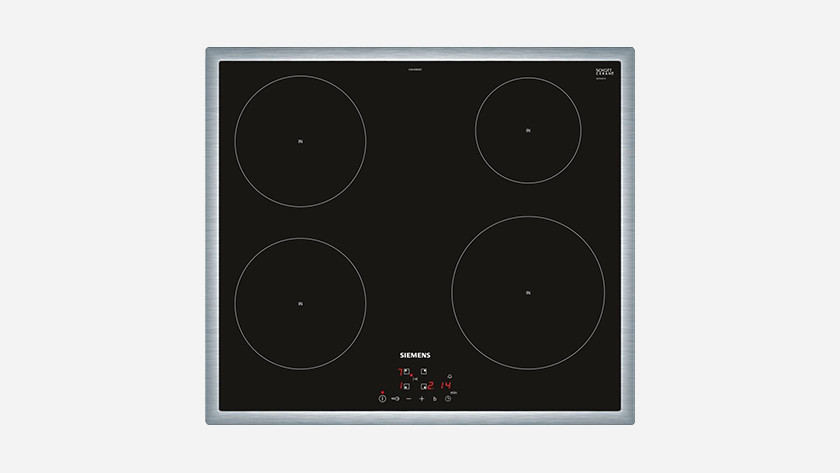
Induction
An induction cooktop heats up your pans with a magnetic field. That means the appliance doesn't use heating elements, but heats up your pan directly. Your cooktop will be hot in about 20 seconds this way. For induction, you need pans with a special magnetic bottom. Did you cook on gas before? Chances are that the bottom of your pans are deformed and you have to purchase new pans.
Energy-efficient
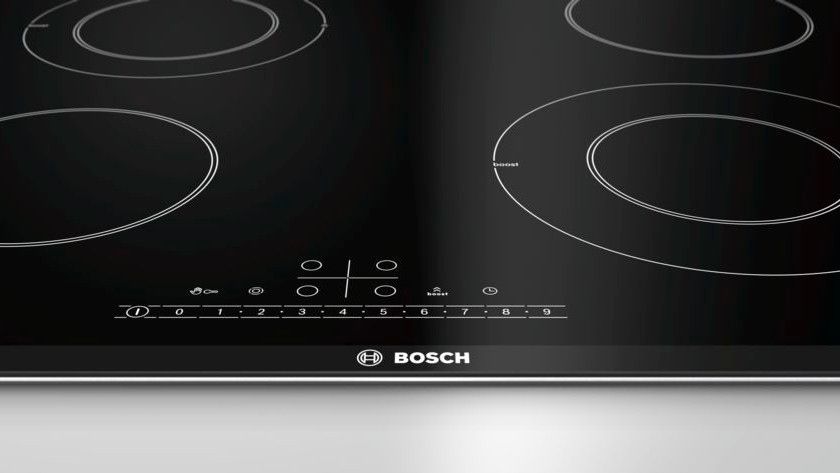
Ceramic
A ceramic cooktop requires a lot of energy to heat the cooking zones. In addition, the appliance remains warm for a long time after you finish cooking. That means that the device also loses a lot of energy. A ceramic cooktop consumes 225kWh per year and costs around € 51.75 per year.
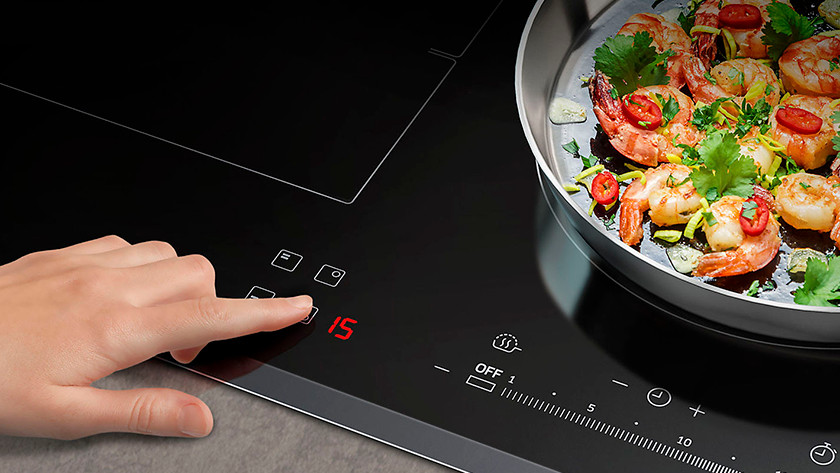
Induction
An induction cooktop is energy-efficient because it only heats the pan itself. When you remove the pan from the cooktop, automatically turns off. As a result, the cooktop cools down quite quickly. An induction cooktop consumes 175kWh per year and costs around € 40 in energy costs.
Flexible cooking
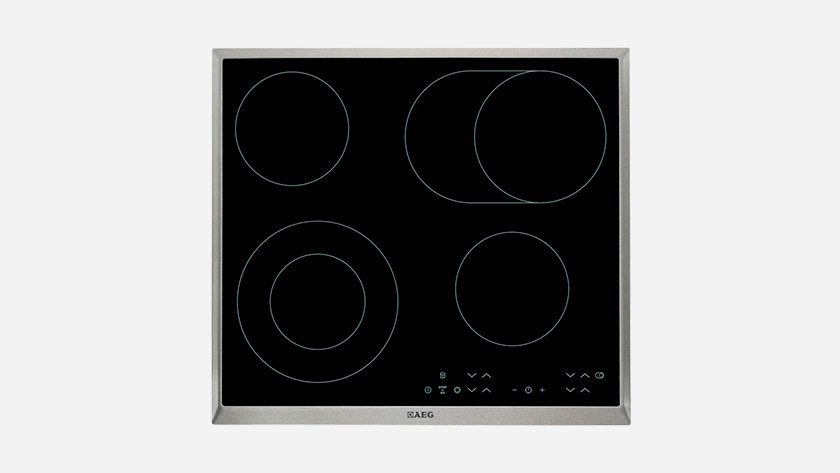
Ceramic
Some ceramic cooktops have expandable cooking zones. These are elongated zones for a Dutch oven or a larger zone for a high-sided skillet, for example. Since a ceramic cooktop uses heating elements, you should always place your pan on the cooking zone exactly right to heat it properly.

Induction
Some induction cooktops have flexible cooking zones. These are zones that you can use as 1 large or 2 separate cooking zones. You can set the cooking zone at the touch of a button. If the cooktop is completely flexible, it doesn't matter where you place your pan. That way, you determine exactly how you arrange your pans on the cooktop.
Security
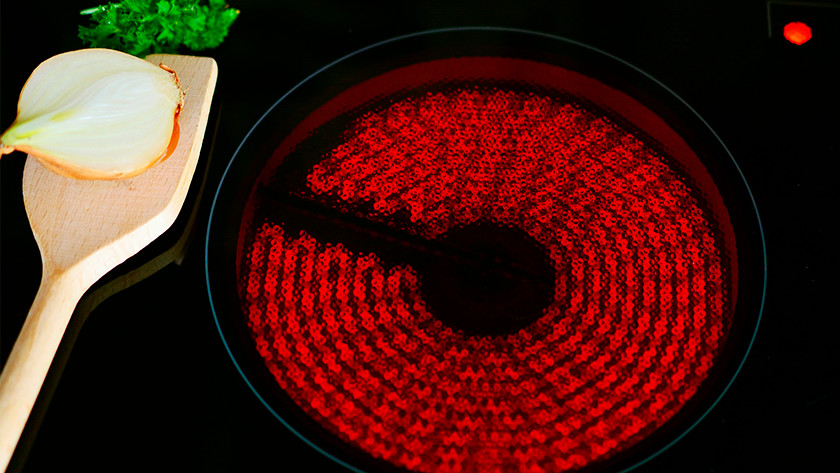
Ceramic
A ceramic cooktop is less suitable for households with small children or elderly people that tend to forget things. The cooktop stays hot for a long time after cooking, so you can easily burn yourself. In addition, the cooktop doesn't turn off automatically after cooking. This can be inconvenient if you're sometimes forgetful.
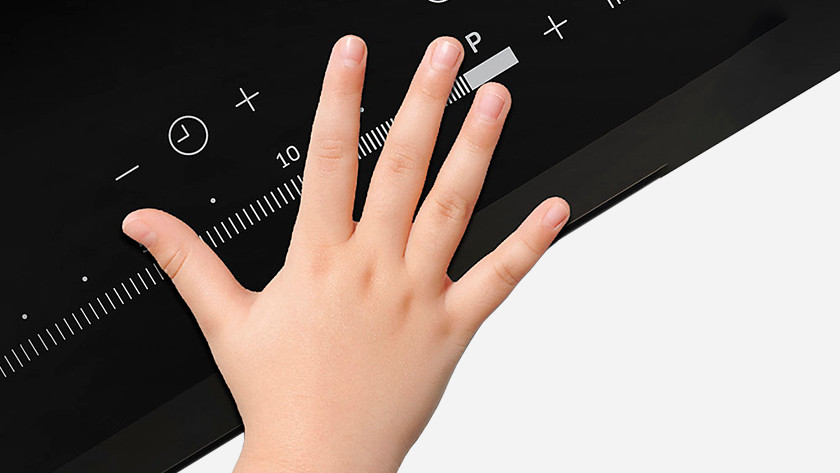
Induction
Cooking with induction is a lot safer. An induction cooktop always has a child safety lock, so your offspring can't just change the settings. The cooktop only works when there's a pan on it and immediately turns off when you remove the pan. That's useful, if you ever forget to turn off the cooktop.


